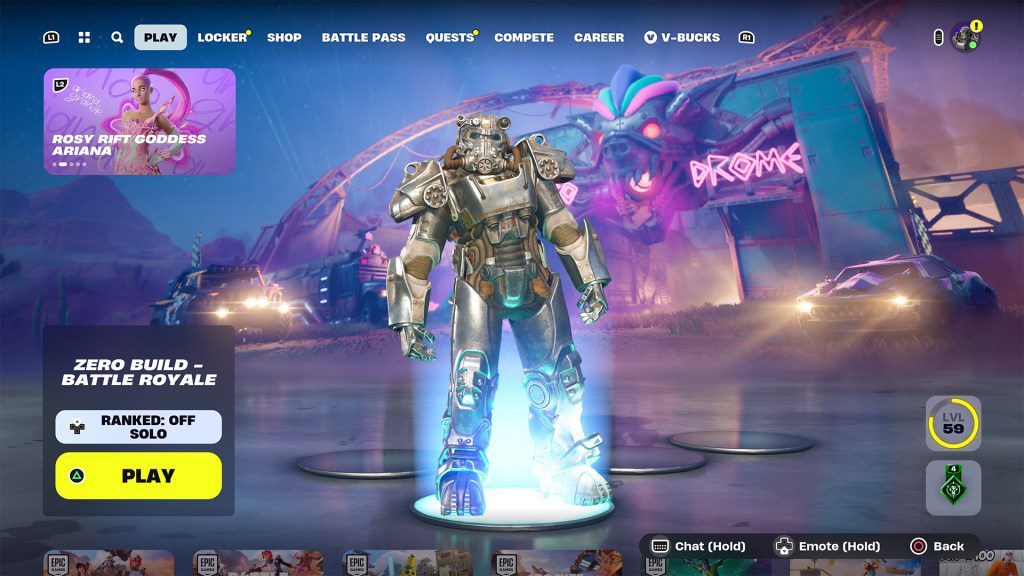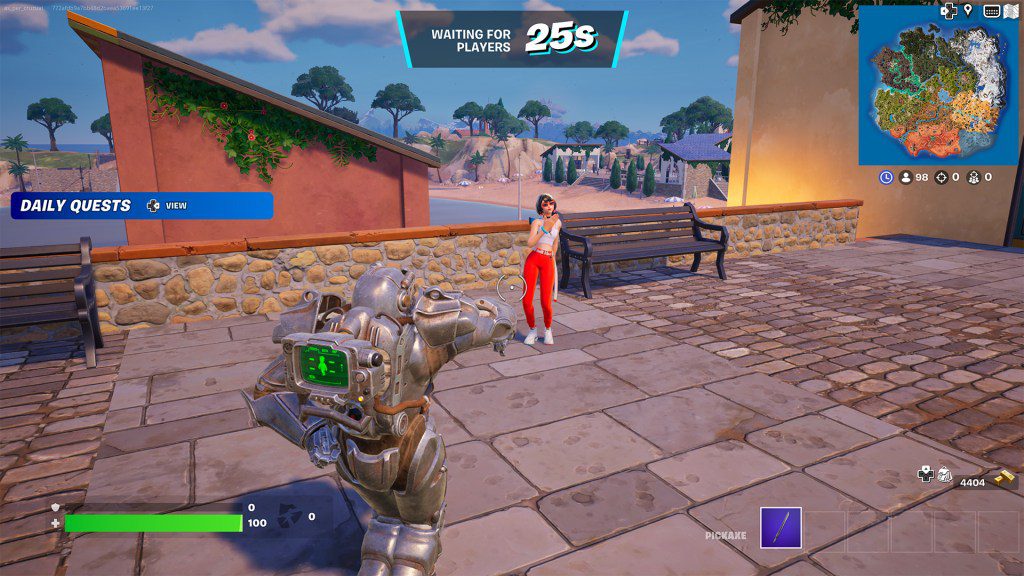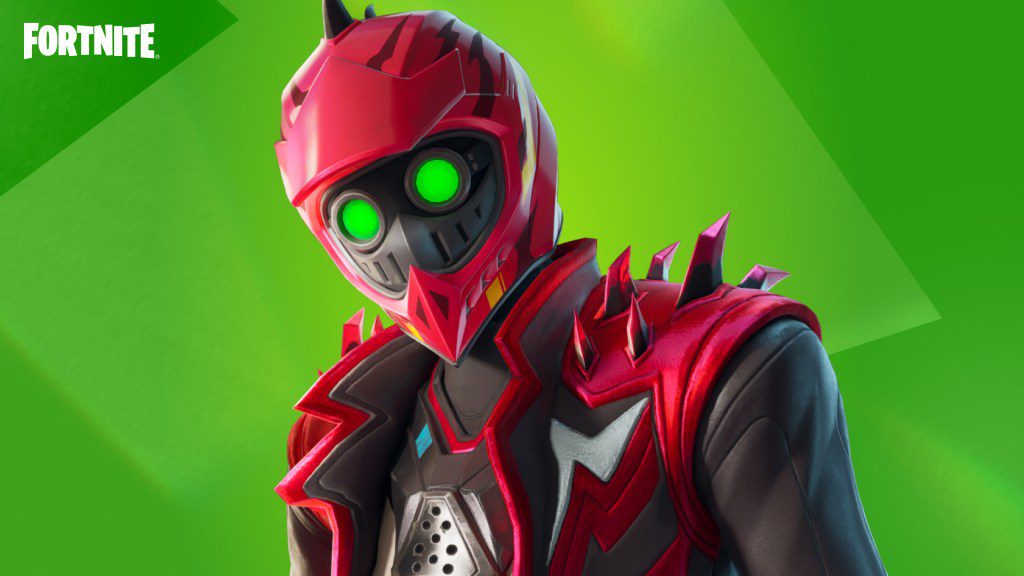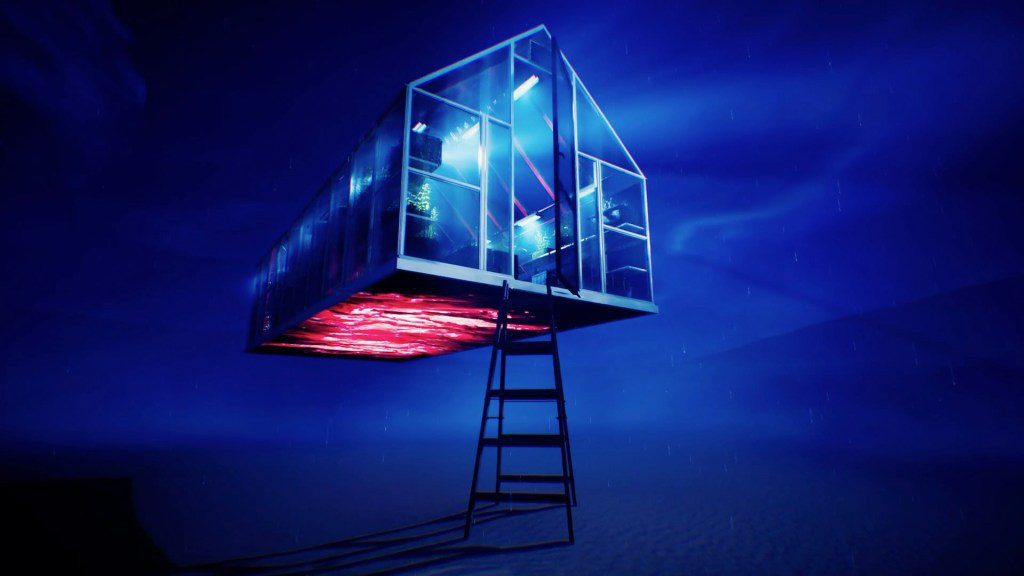Everyone Is Pissed Off About the New Season of ‘Fortnite’
The latest season of Fortnite is here, and with it comes a slew of new content including an updated Battle Royale map, new weapons and gameplay mechanics, and even character skins and accessories based on the game Fallout, whose popularity has exploded following the success of the recent Prime Video adaptation. Dubbed “Wrecked,” the update (Chapter 5, Season 3) runs from May 24 through August 16, and introduces fresh locations and gameplay mechanics through the shift to a new seasonal theme: the wasteland.
Strategically timed to align with the release of George Miller’s cinematic opus Furiosa, Wrecked transformed the battleground of the game (of which there is only one at any given time) into a post-apocalyptic world complete with brutal desert terrain patrolled by marauders in souped up killer cars. Curiously, given that Fortnite is the reigning king of franchise crossovers, it’s not an official Mad Max tie-in, but the influence is clear.
But the update has been met with mixed reactions from fans, many of whom dislike the game’s new emphasis on vehicular combat that skews closer to Twisted Metal than the third-person shooter they know and love. Many also feel that changes to the game’s progression systems have made it harder to unlock the rewards they want through basic day-to-day play.
Professional players also have their gripes. To better understand the issues gamers have with the new season, Rolling Stone spoke to pro players including YouTuber Lootstation and the leaderboard-topping Terns to ask: Is Fortnite doing too much?
To be fair, negative feedback about Fortnite is just part of its natural cycle. The game, now in its 29th version, is perpetually changing. Beginning as a PvE (player vs. enemy) cooperative game before shifting to the 100-person Battle Royale it’s mostly known as, the nature of Fortnite is that of a game that’s constantly changing, not just season to season, but moment to moment in the matches themselves.
As a third-person multiplayer shooter with an enormous map to traverse, Fortnite has long had vehicles to commandeer and race across the terrain, but they’ve generally been easily avoidable and can be taken down with an explosive or sustained fire. Now, however, cars can be upgraded with spiked plows and roof-mounted turrets that make them killing machines worthy of the Fury Road. There are even some purchasable upgrades that make them even stronger, leading to accusations that Epic Games has made the game into a pay-to-win scenario.
“If you don’t have one of the armored cars your chances of winning go down by 99 percent,” wrote a Reddit user on one of the game’s biggest subs, r/FortNiteBR. “It’s essentially get one of the armored cars first or you’re gonna have a bad time.”
“Wrecked” Introduces the Wastelanders, on top of characters from ‘Fallout’ and ‘X-Men’
Epic Games
But it’s not just the changes in the weaponry causing a stir. The biggest issue, at least for casual players, is how much slower progression has become to unlock new items and cosmetics.
What are they looking to unlock? Like most live service games, Fortnite has a seasonal Battle Pass — essentially a paywalled roadmap that must be purchased every season to access new weapons and player skins — that can be purchased via in-game V-Bucks, which can either be earned by playing the previous season or bought with real money. This season, the most coveted unlockables are Fallout-themed skins including a pip-boy backpacked and Brotherhood of Steel armor. Without buying levels, the process to obtain the first Fallout-themed character skin can be grueling, requiring players to reach level 54 through daily play and questing.
In the grand scheme, 54 levels isn’t much. There are actually 2,000 levels to achieve per season, although meaningful rewards stop well below the 200 mark. Upwards of that is a scope of play reserved for the upper echelon of players and professional grinders looking to max out their passes for clout or sheer obsession. Up to 100 levels can also be purchased for those impatient to play, but that too is unappealing to many.
As a free-to-play game, Fortnite has a reputation of having one of the better Battle Passes in an industry looking to nickel and dime gamers. Every season, players can technically unlock enough V-Bucks to purchase the subsequent season’s pass simply through gameplay, and even earn up to 1,500 V-Bucks for completing the 200-level cap. But for newcomers or lapsed players without V-Bucks in the bank, the Battle Pass requires an IRL investment of $8.99 for 1,000 V-Bucks (the pass itself costs 950). And for players who are just amped to play at being a Fallout character after watching the show, the investment can be big — about 8,100 V-bucks, or $60.
But even for those who don’t care about character skins and IP-crossover events, it’s the philosophy behind the XP reduction that has casual and pro players alike annoyed. Fortnite isn’t just a game anymore, it’s a metaverse. Since the launch of additional game modes like Lego Fortnite, Fortnite Festival, and Rocket Racing in December 2023, its offerings have expanded far behind a basic PvP or PvE shooter. With a diverse ecosystem of individual sub-games, Fortnite is intended not just an experience for everyone, but the only gaming experience you’ll ever need. At least, that’s the hope.

The coveted Brotherhood of Steel armor is walled behind 54 player levels
Epic Games
To push players to engage with the new content, the developers have made a conscious effort to spread XP gains throughout each mode, a decision that’s at the heart of the reduced progression rate in Battle Royale. U.K.-based Youtuber Lootstation, known as “The Level Guy” for his commitment to level grinding to the cap, sees it as the main issue for casual players.
“They have definitely nerfed XP for quests because they only give like 10,000 XP now,” he tells Rolling Stone. “But people who only play Battle Royale, they’ve dstruggled to level up more because they spread out XP across all the new modes.”
In general, Lootstation’s YouTube videos and streams focus on tutorials showing players how to level up quickly. He’s keenly aware, however, that simply playing Battle Royale casually may no longer be viable for gamers who want to see quick returns on their battle passes. But there are solutions, though they require users to essentially “game” the game.
“You definitely want to complete your Daily XP [missions] for all the modes,” he says. “You can get like 21 levels every day, and most of that you don’t even need to be playing the game. You can be AFK [away from keyboard].”
AFK methods for farming XP trace back decades. According to Lootstation, players in Fortnite can use a rubber band or string to bind their joysticks and trick the game into thinking they’re continually active. In a few hours, it’ll grant about six levels-plus. Lego Fortnite also rewards the AFK method but requires a little more action with periodic check-ins every 15 minutes or so.

Bot lobbies are a surefire way to farm XP, but is it worth it?
Epic Games
For players who balk at the idea of not actually playing the game, there are other options, albeit with some extra steps.
“For Battle Royale, what I recommend to do is bot lobbies,” he says, referring to rooms that are full of AI bots instead of other players. “Then you don’t have to worry about real players and you can just kill them.”
Sounds easy enough, right? To certain professional players, it’s actually too easy. While casuals may be upset that progression now requires participating in multiple modes, many of the pros say that the behind-the-scenes changes to Fortnite’s leveling systems have rendered their grinding meaningless.
Pro-player Terns, another U.K.-based creator, is one of the top gamers who thinks as much. Well known among the community for speedily hitting the max level caps, he’s especially famous for being at the top of the game’s leaderboard every season.
“I normally buy 100 levels, then I just do whatever I think will be good for XP,” he tells Rolling Stone. “I get to about level 110, then around that time people are starting to find methods.” One method that Terns leans on is playing in the same kinds of bot-filled lobbies Lootstation does. “I get about 70,000 a game,” he adds. “That’s almost one level a game.”

Cosmetics may drive casual players, but for pros it’s all about the leaderboard
Epic Games
For Terns, the rate of leveling isn’t the issue. It’s that the levels over 200 have also been changed to actually reduce the amount of XP required to progress than they needed in previous seasons, dampening the clout for top tier players who historically work hard to achieve prestigious ranks.
“To me personally, it’s quite annoying because level 1,000 used to be really special because back in Chapter 3, to pass level 200, you would need more XP per level,” he says. “But to grinders who’ve grinded for years, this is nothing. The grind nowadays is easy.”
At the time of reporting, Terns is currently over level 700 for the season, a feat that requires him to play almost 20 hours per day. While he acknowledges that that daily commitment is impossible for the vast majority of gamers, he still thinks the complaints about lower tier leveling changes are overblown.
“I see a lot of people complaining about it being hard to level up. It makes no sense to me. You need to think about how to actually get XP,” he says. “They’re like, ‘Oh, getting level 200 is so difficult.’ No, it’s not. You can literally get level 1,000 by the end of the season by just AFKing every day. A lot of people don’t want to do that though because they think it’s too much effort or they just can’t be bothered to do so.”
There’s irony in the divided opinions between casual Fortnite players and the pros. Casuals feel that the game requires too much of them; Pros think it’s too easy. The only thing that everyone agrees on is that they all want something to change. And given the nature of Fortnite’s seasonal updates, it will, but by the same token it simply can’t please everyone.

Many fans complain that the emphasis on cars have made the game into ‘Twisted Metal’
Epic Games
It’s an issue that’s plagued the game over the years, as its active player base fluctuates season to season. After reintroducing the OG map for a limited time in December, a roughly 30-day window compared to most maps’ 70-90 day lifespan, Fortnite’s average concurrent player base skyrocketed to an all-time peak of over 11.6 million. Since then, it’s dropped month over month, now rounding out at about 2.4 million for the last 30 days.
And so it will continue through the peaks and valleys of engagement as the game undergoes its never-ending metamorphosis. Both Lootstation and Terns told Rolling Stone that, unlike many players, they’re generally fans of the current season. Words like “fun” and “chaotic” were thrown around, and while Lootstation enjoys the litany of new modes and the game’s ability to adapt, Terns is less keen on the franchise crossovers and pop cultural collabs. Both, however, seem to agree that the game’s best way forward is to promote its bread and butter to reconnect with players overwhelmed by the experiential smorgasbord.
“I think what Fortnite are doing with the metaverse is a really cool idea,” Lootstation says, “But they should still make Battle Royale their main focus.”





